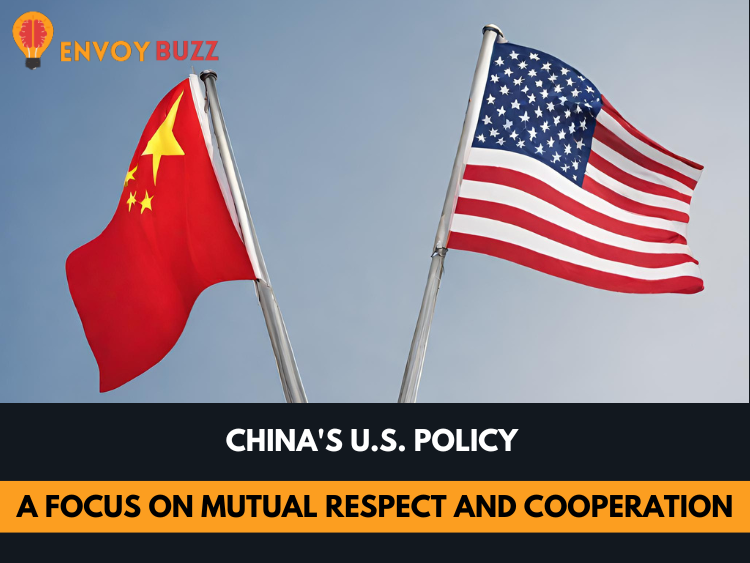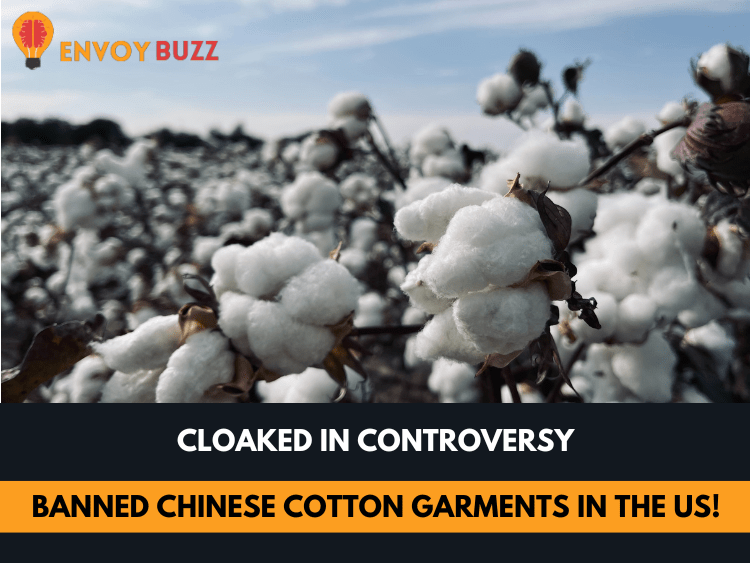China-U.S. relations have traversed a 45-year odyssey, with the Chinese Foreign Ministry Spokesperson expressing the historical significance of this journey. The growth of these ties, as elucidated, not only impacts the two nations directly involved but also holds implications for global peace, stability, and development.
The establishment of diplomatic relations between China and the U.S. in 1979 marked a consequential event in international relations. Over the ensuing 45 years, these ties have endured challenges and evolved significantly.
On January 1, 2024, Chinese President Xi Jinping and President Joe Biden exchanged letters of congratulations, emphasizing the diplomatic milestones achieved. Such gestures underscore the weight both nations place on their relationship.
Economically, the collaboration between China and the U.S. has witnessed remarkable growth. From a trade volume of less than U.S.D 2.5 billion in 1979 to a staggering $760 billion in 2022, and a surge in two-way investments from almost zero to over U.S.D 260 billion, the economic ties between the two nations have strengthened.
The establishment of 284 pairs of sister provinces, states, and cities further illustrates the depth of the connection. This network fosters understanding and cooperation at a sub-national level, contributing to the overall bilateral relationship.
Beyond economic collaboration, China and the U.S. have effectively collaborated on various international and regional hotspots, showcasing a shared commitment to addressing global challenges.
China’s policy towards the U.S. centres on mutual respect, peaceful coexistence, and win-win cooperation. This approach aligns with the evolving dynamics of international relations and serves the common interests of both nations.
The summit meeting in San Francisco was a pivotal moment, with leaders reaching over 20 deliverables spanning political affairs, foreign policy, trade and finance, people-to-people exchange, global governance, and military and security. The establishment of a future-oriented San Francisco vision set the course for bilateral relations.
The spokesperson emphasized China’s unwavering commitment to a stable, sound, and sustainable China-U.S. relationship. This commitment extends beyond rhetoric, with both nations actively working towards implementing common understandings and outcomes from the summit meeting.
China expresses readiness to collaborate with the U.S. in developing a right perception, managing disagreements effectively, and advancing mutually beneficial cooperation. Both nations, as major global players, share the responsibility of promoting people-to-people exchanges, steering the relationship towards mutual benefit.
As the 45th anniversary marks a significant milestone in China-U.S. relations, it is evident that the journey has been one of growth, collaboration, and shared responsibility. Nurturing a stable, sound, and sustainable relationship remains a priority for both nations, offering a beacon of hope for global peace and development.
FAQs
Q: How has trade between China and the U.S. evolved over the 45 years?
A: Trade has surged from less than U.S.D 2.5 billion in 1979 to close to $760 billion in 2022.
Q: What are the key achievements of the summit meeting in San Francisco?
A: Over 20 deliverables were reached, spanning political affairs, trade, people-to-people exchange, and more.
Q: How does China view its U.S. policy?
A: China’s U.S. policy revolves around mutual respect, peaceful coexistence, and win-win cooperation.
Q: What is the significance of the 284 pairs of sister provinces, states, and cities?
A: It signifies a robust network fostering understanding and cooperation at a sub-national level.
Q: What steps are China and the U.S. taking to manage disagreements effectively?
A: Both nations aim to develop a right perception and advance mutually beneficial cooperation for effective conflict management.
For more details, please visit ecns.cn
For more blogs, please visit Envoybuzz


